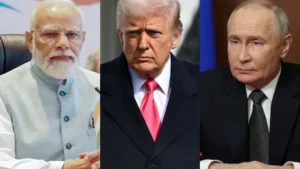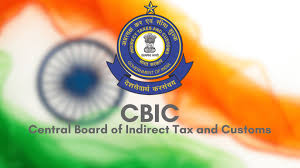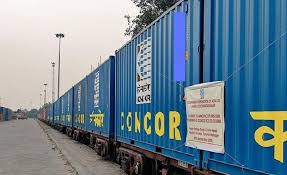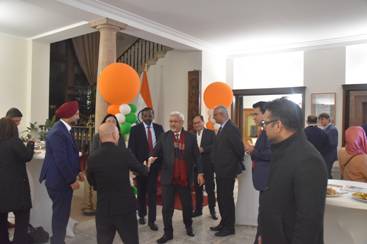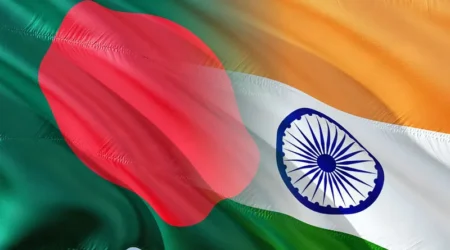India’s garment sector struggles with high import duties and complex customs, impacting export growth.
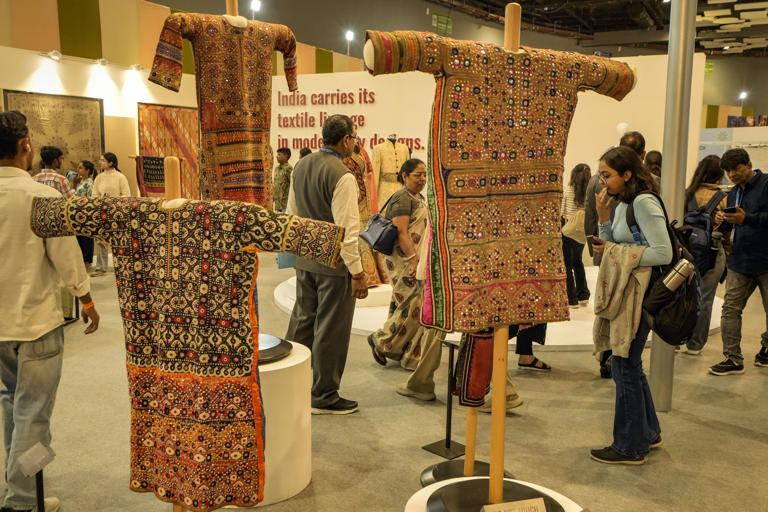
India’s labour-intensive garment sector has been losing ground to competitors like Vietnam and Bangladesh, with exports in 2023-24 at $14.5 billion, down from $15 billion in 2013-14. A recent report by the Global Trade Research Initiative (GTRI) highlights that high duties and complex trade procedures, rather than competitors’ strengths, are the primary culprits behind this decline.
While garment exports from Vietnam and Bangladesh grew 82 percent and 70 percent, respectively, between 2013 and 2023, India’s exports stagnated. The report noted that China’s garment exports stood at $114 billion in 2023, though down nearly 25 percent from a decade earlier.
The Production Linked Incentive (PLI) scheme for textiles, launched by the Indian government in 2021, has not attracted significant investment and requires substantial revisions to be effective. The GTRI report, titled “How Complex Procedures, Import Restrictions and Domestic Interests Hinder India’s Garments Exports,” also flagged a rise in India’s garment and textile imports, reaching $9.2 billion in 2023.
The report emphasised that import restrictions and quality control orders (QCOs) on raw fabrics, particularly synthetic fabrics, complicate procurement and increase costs for exporters. These hurdles force Indian exporters to rely on expensive domestic supplies, making their products less competitive globally. Additionally, archaic customs procedures demand meticulous documentation, further burdening exporters.
To revive the sector, the report suggests overhauling trade procedures and reducing import barriers, enabling smoother operations and cost efficiency for garment exporters.

